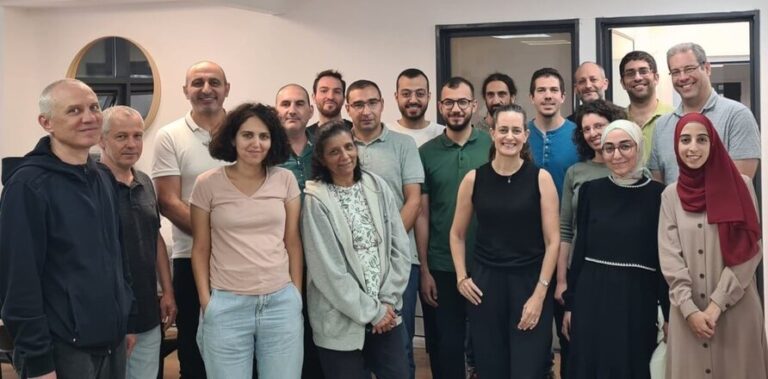Take a look at these images. On the left, there is a cube, and on the right, there is a face. But what do you see? For one of the authors, Loren Bouyer, these images are not as clear. She sees a jumble of two-dimensional shapes on the left and can only see a mop on the right. This is because Loren has a condition called “deep aphantasia,” which means she cannot imagine visual or audio sensations or hear an inner voice when she reads.
Aphantasia is often described as having a “blind mind,” but it can also extend to other imagined experiences. For example, some aphantasics may have a blind and deaf mind or a blind and tasteless mind. It is difficult for people without aphantasia to understand what it’s like to be aphantasic, but some analogies may help.
Most people can experience an inner voice when they think, similar to speaking in their native language. However, they can also understand that others can speak different languages. In the same way, people with aphantasia can imagine what it would be like to have thoughts in different “inner languages,” such as visual or audio sensations, or even a sense of touch or smell.
Both authors of this article are aphantasics, but their experiences differ. While neither of them can have imagined visual experiences, Derek can have imagined audio sensations, and Loren can have imagined feelings of touch. Their thoughts are like different sets of “inner languages.”
Some aphantasics may not have any imagined sensations at all. For example, Loren can choose to have imagined sensations of touch, but it takes effort for her to do so. Similarly, people without aphantasia can choose to pre-hear their speech in their minds before speaking aloud, but they often don’t. Most of Loren’s thoughts are like this, where she writes without any pre-experience of the written content. It’s similar to how people can engage in conversation without pre-hearing themselves.
Our brains primarily operate on a subconscious level, and this is true for both aphantasics and non-aphantasics. For example, many people have experienced driving while distracted and suddenly realizing they are heading in the wrong direction. Loren feels that most of her thoughts are like these subconscious operations of the mind.
When it comes to planning, Loren can experience it as a combination of imagined textures, bodily movements, and recognizable states of mind. There is a sense of completion when a plan has been formed, but she never experiences an imagined audio or visual listing of her intended actions.
In contrast to Loren, Derek’s thoughts are entirely verbal, and he was unaware until recently that other modes of thought were possible. Some aphantasics may occasionally have involuntary imagined sensations, often related to unpleasant past experiences. However, neither of the authors has had an imagined visual experience, voluntary or involuntary, during their waking lives.
Being aphantasic can be frustrating when others try to explain their experiences. Some people suggest that aphantasics might have imagined visual experiences but struggle to describe them. However, the authors believe they can recognize the absence of a particular type of imagined experience because they know what it’s like to have imagined sensations.
There can also be humorous misunderstandings between aphantasics and non-aphantasics. For example, when discussing an experiment, Loren suggested cutting a scenario asking people to imagine seeing a black cat with their eyes closed. The only person in the room who could imagine visual experiences started laughing because it’s easy for most people to imagine seeing black cats even with their eyes closed.
Researchers believe aphantasia occurs when activity at the front of the brain fails to excite activity in regions toward the back of the brain. This “feedback” is necessary for people to have imagined experiences. Loren seems to have a form of aphantasia that had not been described before, where unsuccessful feedback in her brain results in atypical experiences of actual visual inputs.
The authors coined the term “deep aphantasia” to describe people like Loren who not only cannot have imagined sensory experiences but also have atypical experiences of actual visual inputs. By describing their experiences, they hope to raise awareness and identify individuals with unusual experiences. Studying their brains may help understand why some people can conjure imagined sensory experiences while others cannot. Additionally, raising awareness of different thinking experiences may encourage tolerance and acceptance of diverse thoughts.


